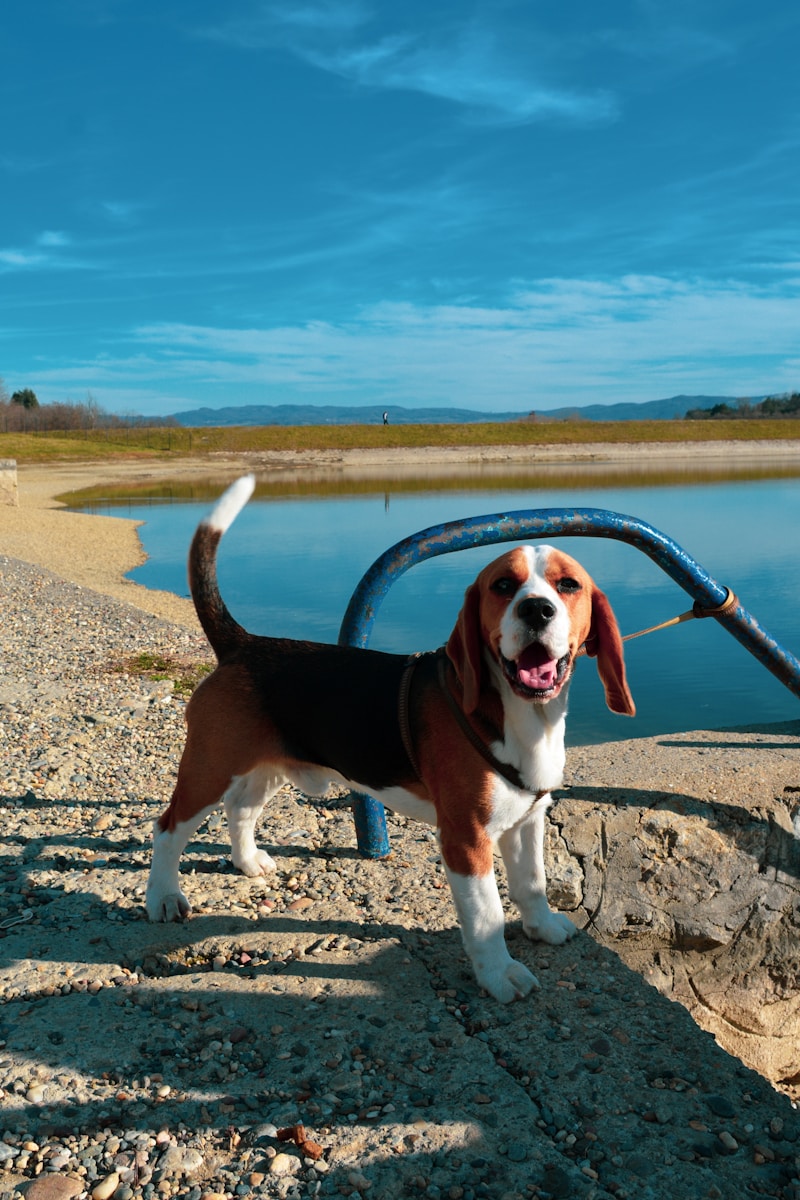Basset Hounds, known for their droopy ears and adorable short-legged appearance, are charming and lovable dogs that bring joy to many households. When it comes to swimming, however, these unique hounds face some challenges due to their unique body structure.
Contents
The Basset Hound Anatomy and Swimming
Basset Hounds have a well-developed chest, short legs, and a heavy bone structure, which makes swimming more difficult for them compared to other breeds. Their long, heavy bodies and low center of gravity make it harder for them to stay afloat and maintain a good swimming posture.
Their large, droopy ears act as water scoops, easily getting filled with water, which can lead to discomfort and even pose a risk of ear infections if not dried properly after swimming.

Additionally, Basset Hounds have shorter legs relative to their body length, making it a challenge for them to paddle efficiently in the water. This can tire them out quickly, making swimming a potentially exhausting activity for them, especially if they are not accustomed to it.
Introducing Basset Hounds to Swimming
Even though swimming may not come naturally to Basset Hounds, it doesn’t mean they cannot learn and enjoy the water with some patience and proper introduction.
It is important to expose your Basset Hound to water gradually and in a controlled environment. Start by introducing them to shallow pools or calm, shallow bodies of water. Slowly guide them into the water while offering encouragement and reassurance.
Using a life jacket designed for dogs can be beneficial, especially for those Basset Hounds who are less confident or still learning to swim. A life jacket provides extra buoyancy and support, making it easier for them to move in the water and build confidence.
Remember to always closely monitor your Basset Hound while swimming and never leave them unattended, as they may tire quickly and struggle to keep themselves afloat.
FAQs about Basset Hounds and Swimming
Q: Are all Basset Hounds unable to swim?
A: Not all Basset Hounds are unable to swim, but their physical characteristics and body structure make swimming more challenging for them compared to other breeds.
Q: Can Basset Hounds learn to swim with proper training?
A: Yes, with proper introduction and training, many Basset Hounds can learn to swim, albeit with additional effort due to their body’s natural limitations.
Q: Do Basset Hounds require life jackets for swimming?
A: While not all Basset Hounds require life jackets, it can be beneficial, especially for those who are less confident or still learning to swim. A life jacket provides extra support and safety.
A: Absolutely! Basset Hounds can enjoy other water-related activities such as wading, splashing in shallow water, or playing games near the water’s edge. Always prioritize your dog’s comfort and safety when engaging in water activities.
Q: How do I prevent ear infections in Basset Hounds after swimming?
A: To prevent ear infections, make sure to dry your Basset Hound’s ears thoroughly after swimming. Gently wipe the inside of their ears with a clean, dry cloth or use specialized ear drying products recommended by your veterinarian.
Q: Should I force my Basset Hound to swim if they show fear or reluctance?
A: Never force your Basset Hound into the water if they show fear or reluctance. Respect their comfort levels and allow them to approach swimming at their own pace. Forcing them can create a negative association with water and make it even more challenging for them to learn to swim.
While Basset Hounds may not be natural water dogs, each individual can have their preferences and abilities when it comes to swimming. With the right introduction, patience, and safety measures, many Basset Hounds can learn to enjoy the water and have a splashing good time!
More:
5 Best Harness For A Basset Hound














